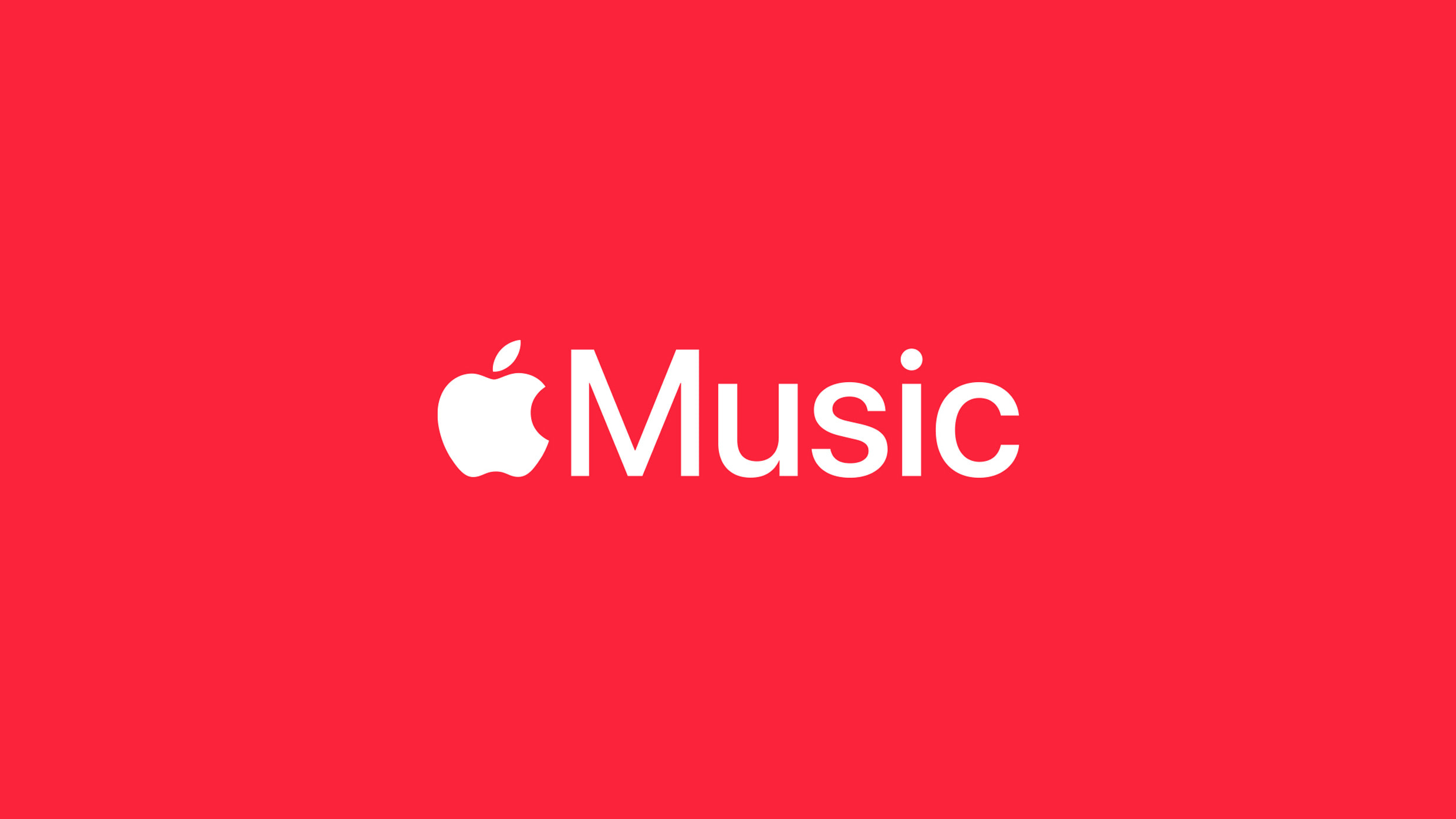The team behind the beloved Twitterrific app has just released ‘Weave’, a new app designed to blend your social media, blogs, and other online content into one easy-to-use timeline.
Weave Brings Together Your Online World on iPhone and iPad
A while back, we shared news about ‘Project Tapestry’, which has now evolved into ‘Weave’ and is available on the App Store for both iPhone and iPad. The app’s main goal? To create a single, flowing timeline where you can enjoy your favorite blogs, social networks, and more.
Here’s what you can expect from Weave:
- Your Internet, Your Rules: Weave mixes posts from platforms like Bluesky, Mastodon, Tumblr, alongside RSS feeds, podcasts, and YouTube videos. Everything appears in the order it happens, so you see what’s new first, without any algorithmic interference.
- Easy Browsing: With Weave, you can look through content from many sources effortlessly. Set up your timelines, sync where you left off on different devices, and enjoy your feeds in a clear, colorful layout.
- No Spoilers Here: Set up rules to filter out content you don’t want to see, keeping your feed spoiler-free and tailored to your interests.
- Find What You Need: Search across all your feeds at once. Whether it’s a blog post, video, or podcast, Weave helps you find it quickly and save it for later.
- Privacy First: Weave keeps your data on your device, ensuring your privacy. There’s no selling or sharing of your information.
- Expand Your Weave: With custom connectors, you can add even more types of content. If there’s an open data feed out there, you can connect it to Weave.
Weave offers the kind of user-friendly customization you’d expect from Twitterrific creators, including options for icons, layouts, and fonts, plus support for both light and dark modes. You can save articles for later, too.
Weave is free to download from the App Store, but you can opt for a subscription to enjoy features like ad removal, custom timelines, and more. Subscription options include $1.99 per month, $19.99 per year, or a one-time payment of $79.99.




